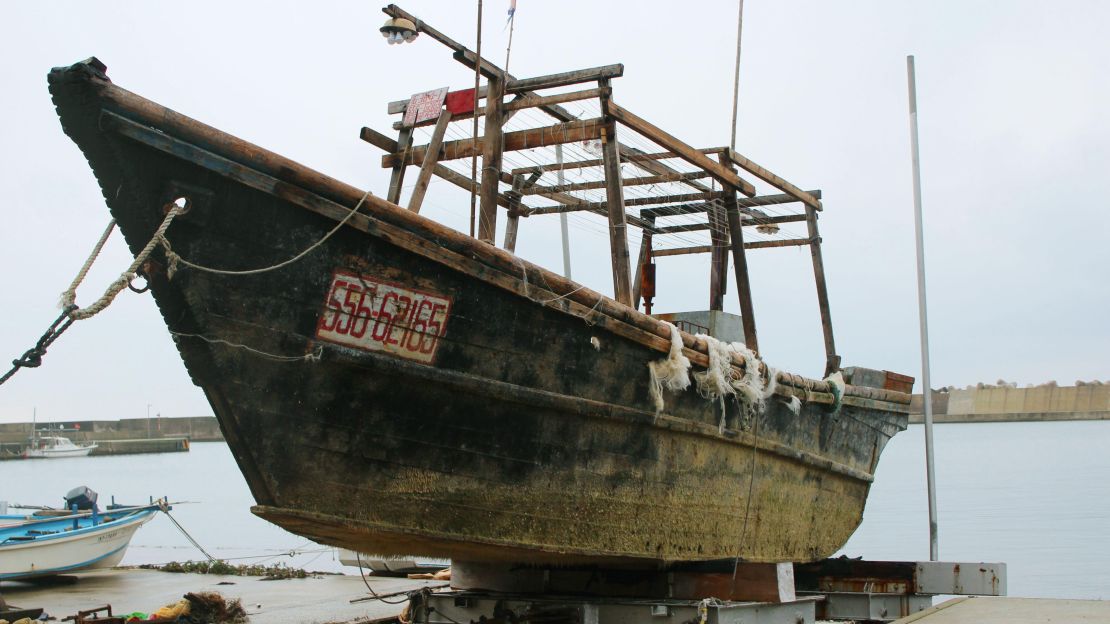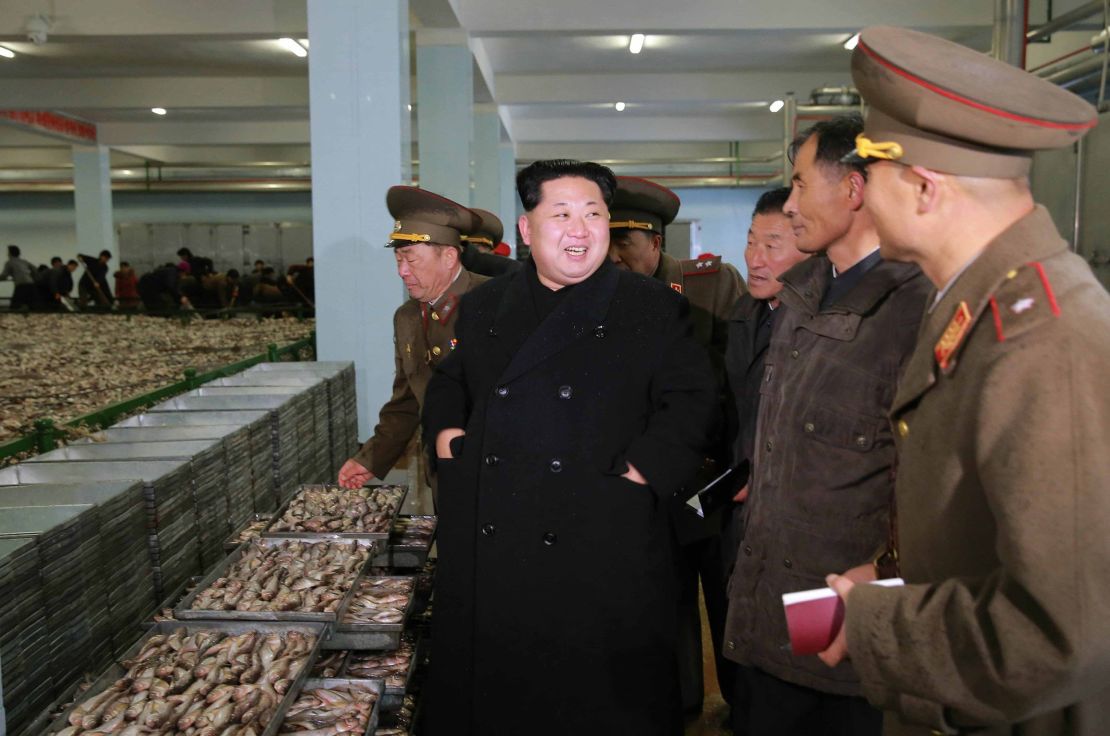Story highlights
Japanese authorities say boats with bodies have been washing up for years
Clues suggest they're North Korea fisherman, though it's not certain
Tests are being carried out on decomposed bodies found aboard so-called “ghost ships” that have entered Japanese waters in the past five weeks.
The key questions facing authorities: Who are they? And where did they come from?
Evidence found on the boats and their grim cargo suggest they came from North Korea. But are they attempted defectors or fishermen who’ve strayed too far from land?
Here’s what we know so far.
The boats
This isn’t the first time boats carrying bodies have been found off Japan, but it’s the first time they’ve generated so much interest.
The Japanese Coast Guard says that it’s been happening for years, though it only has data for the last five. In 2011, 57 were found. In 2012, it was 47, and in 2013, 80 washed up or were found floating at sea.
In 2014, 65 were found and the count so far this year is 34. That’s a total of 283 boats in five years – however the Coast Guard hasn’t disclosed how many bodies were on board.
What’s unusual about the current batch of boats is that so many have been found in such a short period of time – 12 within five weeks.
“We think they possibly met with an accident due to the weather, but we can’t confirm as the condition of dead bodies were bad,” a Coast Guard spokesman told CNN.
How long had they been at sea?
It’s unclear. The bodies found on the second of the most recent boats to arrive appeared to been one to two weeks post-death.
Some of the 10 bodies found on three boats on November 20 could have been there for up to three months, the Coast Guard said.
Where are they from?
Clues on the boats clearly point to North Korea. On one boat, Korean Hangul lettering is said to spell out “Korean People’s Army.” And tattered scrap of cloth found on one of the boats appears to show the North Korean flag, Japan’s biggest broadcaster NHK reported.
“There’s no doubt that these boats are North Korean,” said John Nilsson-Wright, head of the Asia program at the Chatham House policy institute. Wright pointed to the lettering and the “primitive” nature of the boats.
However, the Japanese Coast Guard told CNN Wednesday that while it was clear the boats came from the Korean Peninsula, it wasn’t possible to be more specific.
“We can only say they were possibly from the Korean Peninsula since there were Korean Hangul written on the hulls, but we couldn’t identify the nationality of the boats,” the spokesman said.

The flow of currents through the Sea of Japan – also known as the East Sea – suggests it’s possible for unmanned boats from Korea to be carried close to the Japanese coast.
The Tsushima Current flows past the Korean Peninsula, along the west coast of Japan, leading to the Tsugaru Current, which flows between Japan’s north island and Honshu, the main island – past prefectures where boats have been found.
Who are the dead?
The Japanese Coast Guard said it was not possible to confirm if all the bodies belonged to men, due to the level of decomposition. Autopsies are being carried out to determine their gender and age.
However, many analysts say the victims are likely to be North Korean fishermen. Fishing nets were found aboard some boats.
In recent months the country’s leader Kim Jong Un has been pushing his subjects to increase their catch.

On November 25, North Korean state media KCNA carried a story about Kim’s visit to Fishery Station No.15 under KPA Unit 549.
“It is spectacular to see the pickling tanks and freezing storehouses full of fishes,” the report quoted Kim as saying. He “repeatedly” expressed “great pleasure over the fact that the station caught thousands of tons of fishes in a few days.”
It added: “He called on the station to set a high goal for remarkably increasing the yearly output of fish in a short span of time on the basis of this year’s achievement.”
What happens now?
North Korea has yet to comment on the ships, which are being investigated by Japanese police.
As it’s not a new phenomenon, it appears likely that more ships will arrive.
October to February is the key fishing season for squid, sandfish and king crab off the east coast of the Korean Peninsula, according to Kim Do-hoon, a professor of fisheries science at Bukyong National University in Busan in South Korea.
“Kim Jong Un has been promoting the fisheries, which could explain why there are more fishing boats going out,” he said. “But North Korean boats perform really poorly, with bad engines, risking lives to go far to catch more. Sometimes they drift, and fishermen starve to death,” said Kim, according to Reuters.
CNN’s Junko Ogura and Paula Hancocks contributed to this report.

